Jidoka: Automation with a Human Touch, A Software Method to Gain Organisational Control
The Journal of Software and Systems Modeling published paper offers organisations a path to escape the legacy trap.
The Journal of Software and Systems Modeling published paper offers organisations a path to escape the legacy trap.
Still running on ColdFusion, Delphi or Lotus Notes? Legacy tech hurts performance, security & integration. Learn how modernisation can future-proof your systems—without a full rebuild.
Simplify logic, reduce technical debt & boost automation with state machines. Model clear workflows, enable testing & modernise legacy systems with a maintainable approach.
Modernising legacy systems is key to staying competitive and secure. It involves updating outdated software and hardware to improve efficiency, scalability, and security. Key steps include assessing the system, choosing the right strategy (e.g., rehosting or rebuilding), prioritising security, and improving user experience. Successful modernisation enhances operations and reduces costs for both government and private organisations.
Daniel Ferri of Accord Consultancy emphasizes a people-first approach in business and IT consultancy, aligning with WorkingMouse's technology-first philosophy. He advocates for balancing actual, managerial, and visionary processes, transitioning workers from process to knowledge-based roles, and clearly defining responsibilities within organizations. His insights highlight the importance of integrating people, process, and technology for effective modernization.
WM employs metamodels to streamline relationships, automate documentation, and generate code. The original ISMS metamodel managed ISO27001 but has been updated to a modular structure, allowing integration with other standards like ISO 9001. This new metamodel enhances risk management by cross-referencing common ISO models and roles. The ISMS cheat sheet, now integrated with Codebots and Gitlab, updates templates to this modular framework, linking team members to their roles and simplifying risk extraction and verification.
We categorize software modernization into three types: Like-for-Like Replacements, which upgrade outdated systems while preserving existing workflows; Spreadsheets Replacements, which transition from error-prone spreadsheets to scalable custom applications for better data management; and Disparate Systems Replacements, which integrate multiple unconnected systems into a single platform to streamline operations and improve decision-making. Modernizing systems is crucial for managing growth, enhancing efficiency, and ensuring future readiness.
Abstraction in system development involves focusing on core aspects by removing unnecessary details, which can revolutionise how organisations modernise and streamline their processes. Instead of discarding diagrams and artefacts, reusing them for higher-level models can boost productivity, consistency, and quality while cutting costs. The Jidoka philosophy, prioritising automation and quality over speed, highlights that investing in systematic abstraction leads to more cost-effective and agile development. Embracing this approach helps organisations balance quality with cost management and accelerates their path to innovation.
Supporting legacy systems costs Australian state governments over $160M annually. To modernise effectively, ICT leaders should categorise systems by quality and value: replace low-quality, low-value ones with commercial solutions, and prioritise high-value systems for modernisation. Focus on systems that align with business goals, conduct a cost-benefit analysis, and ensure executive support. This approach helps make modernisation cost-effective and strategically aligned with organisational objectives.
Executive buy-in is crucial for successful modernisation projects, as it aligns the project with strategic goals, secures necessary resources, and fosters a culture of innovation. To gain executive support, involve stakeholders early, build a realistic roadmap, and gather customer insights. Successful examples show the value of executive endorsement, while lack of buy-in can lead to project failures. By ensuring executive alignment and maintaining stakeholder engagement, organisations can effectively navigate the complexities of modernisation and achieve long-term success.
Made with ❤️ in Milton, Brisbane (Meanjin) Australia.
WorkingMouse acknowledges the Traditional Owners and their continuing connection to land, sea and community. We pay our respects to them, their Elders, both past and emerging.





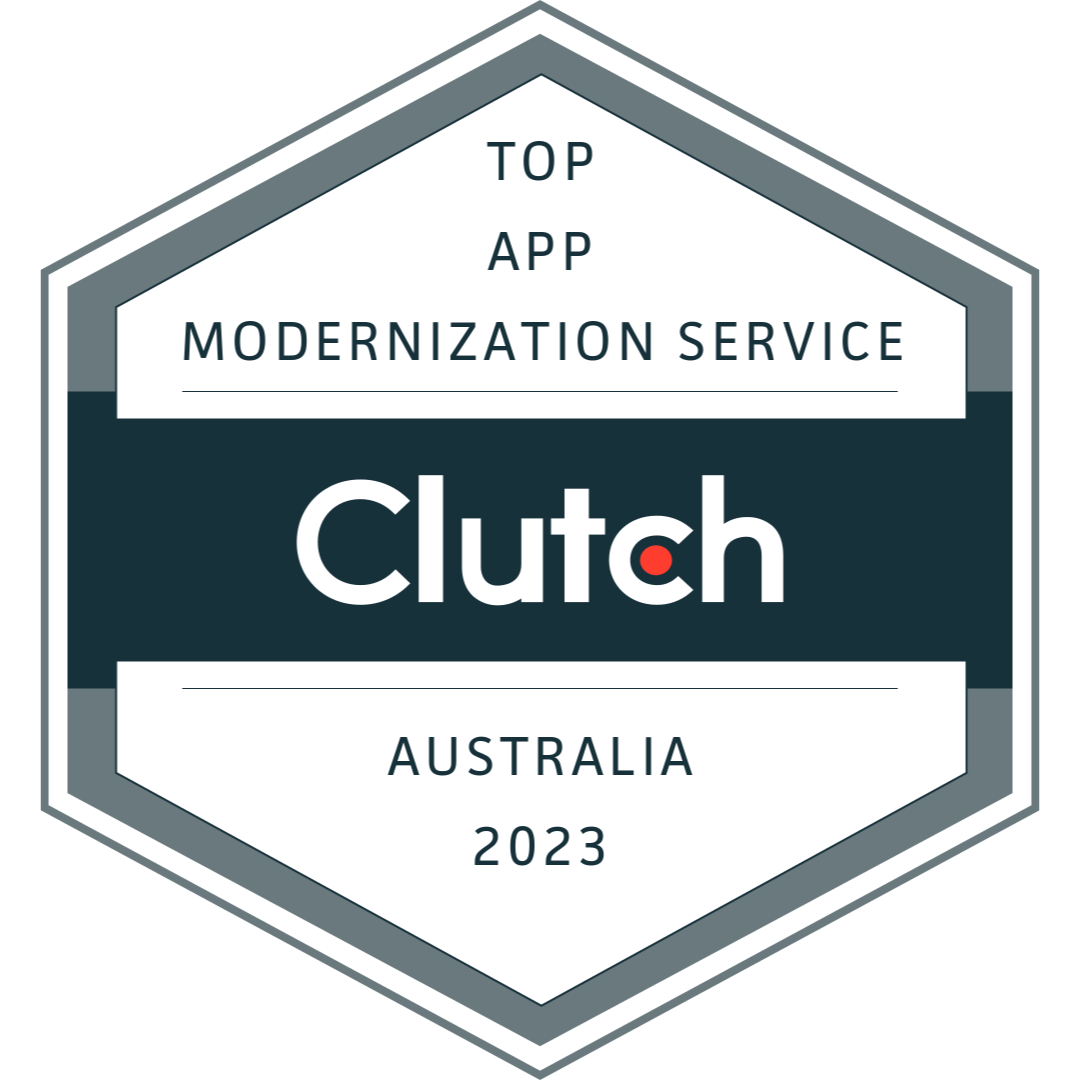
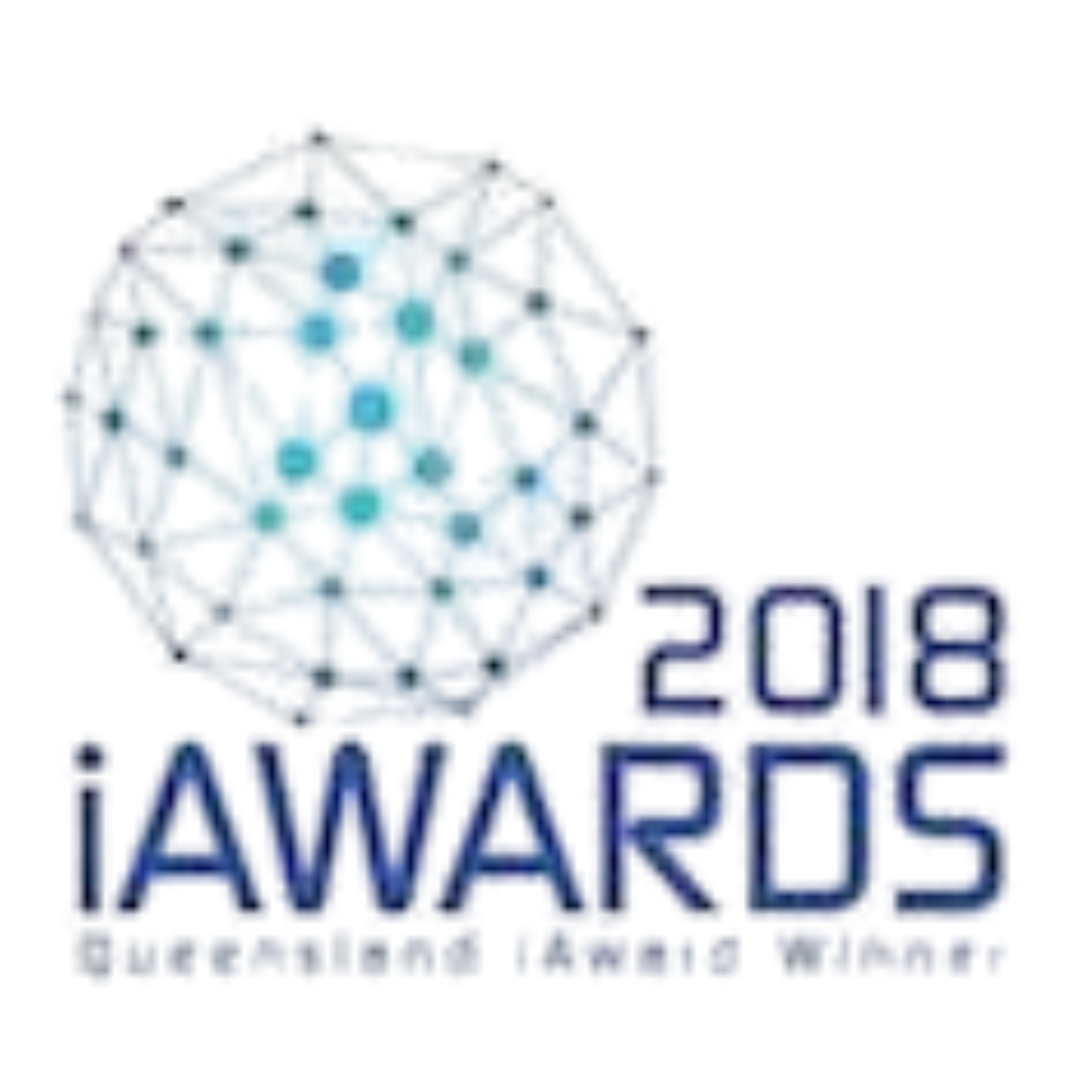
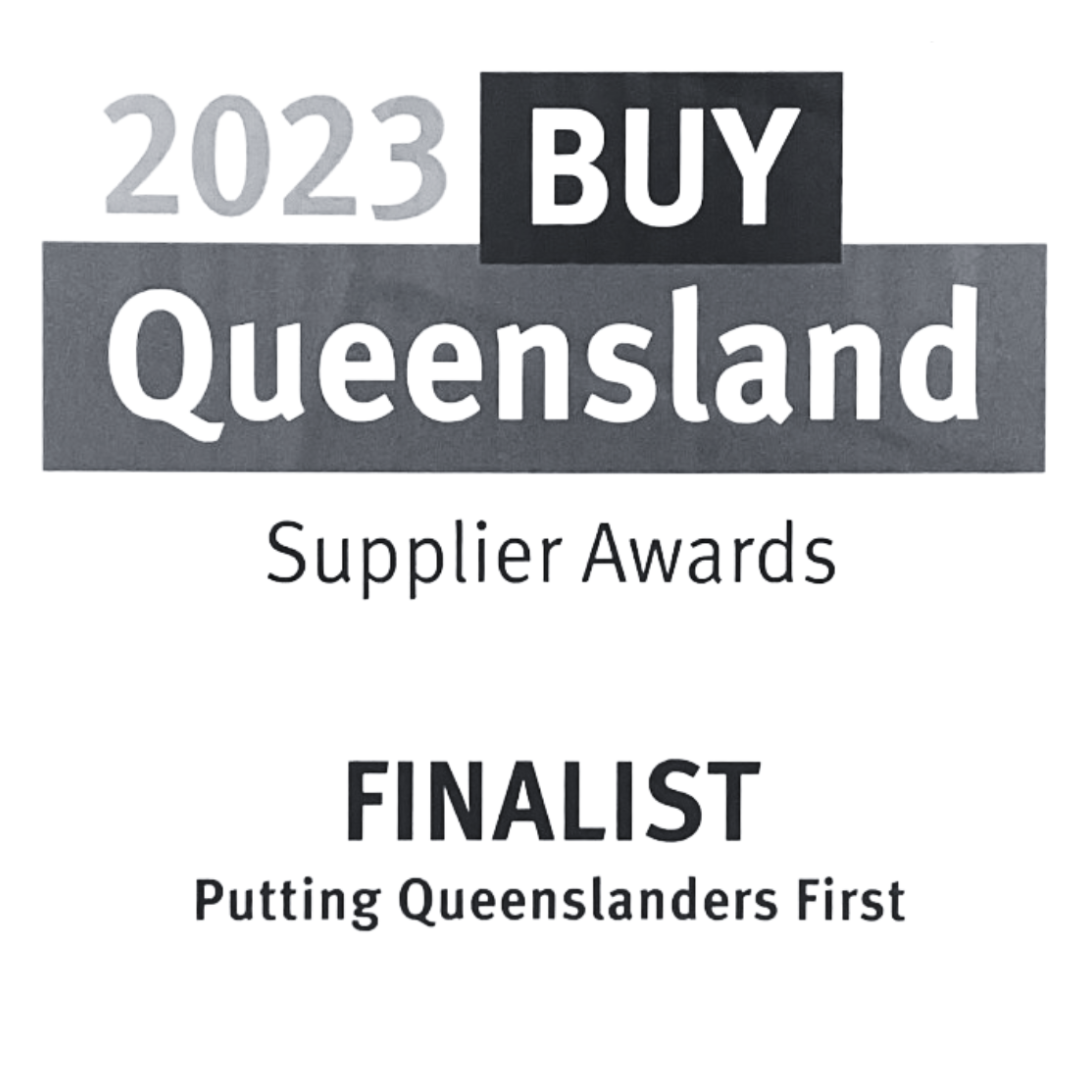
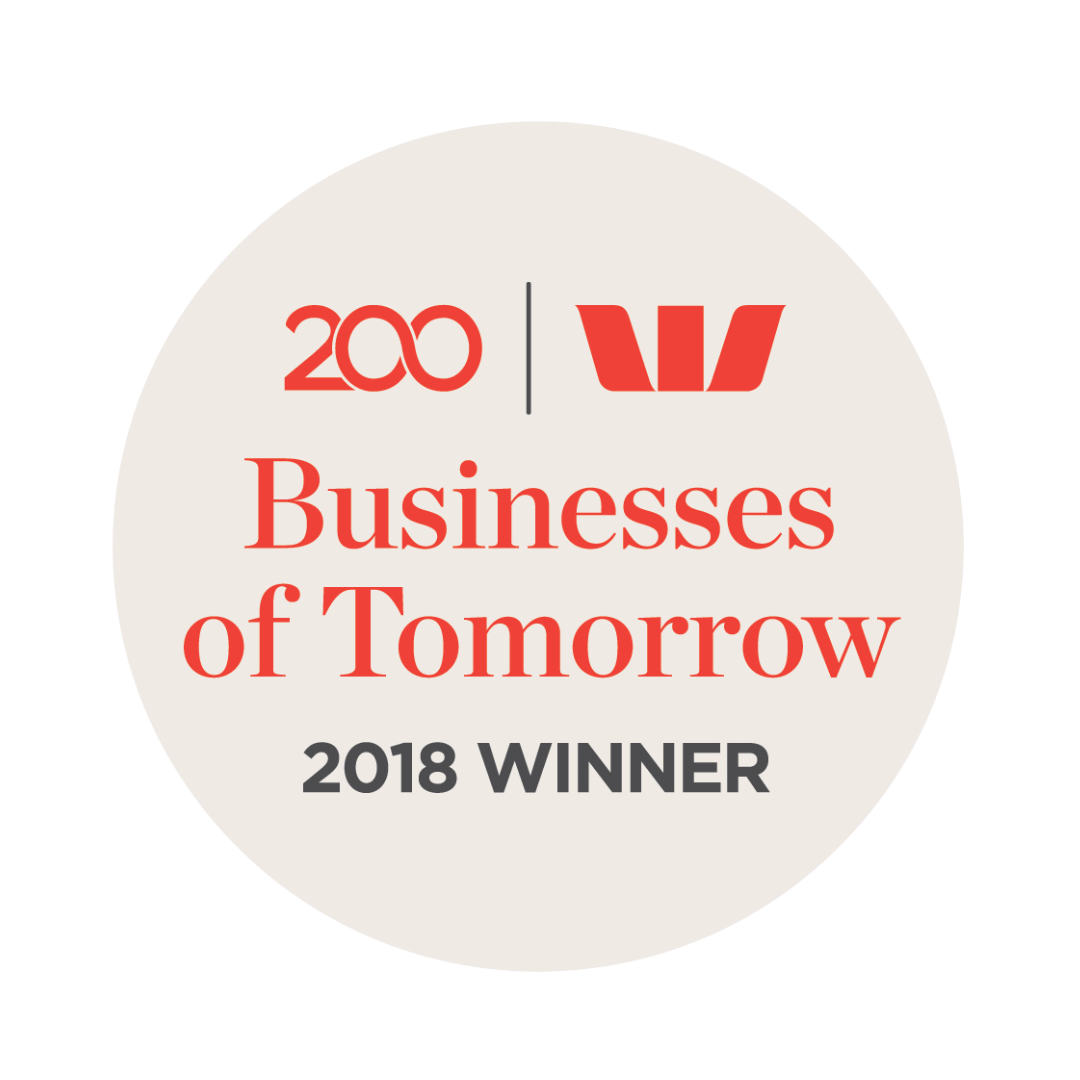
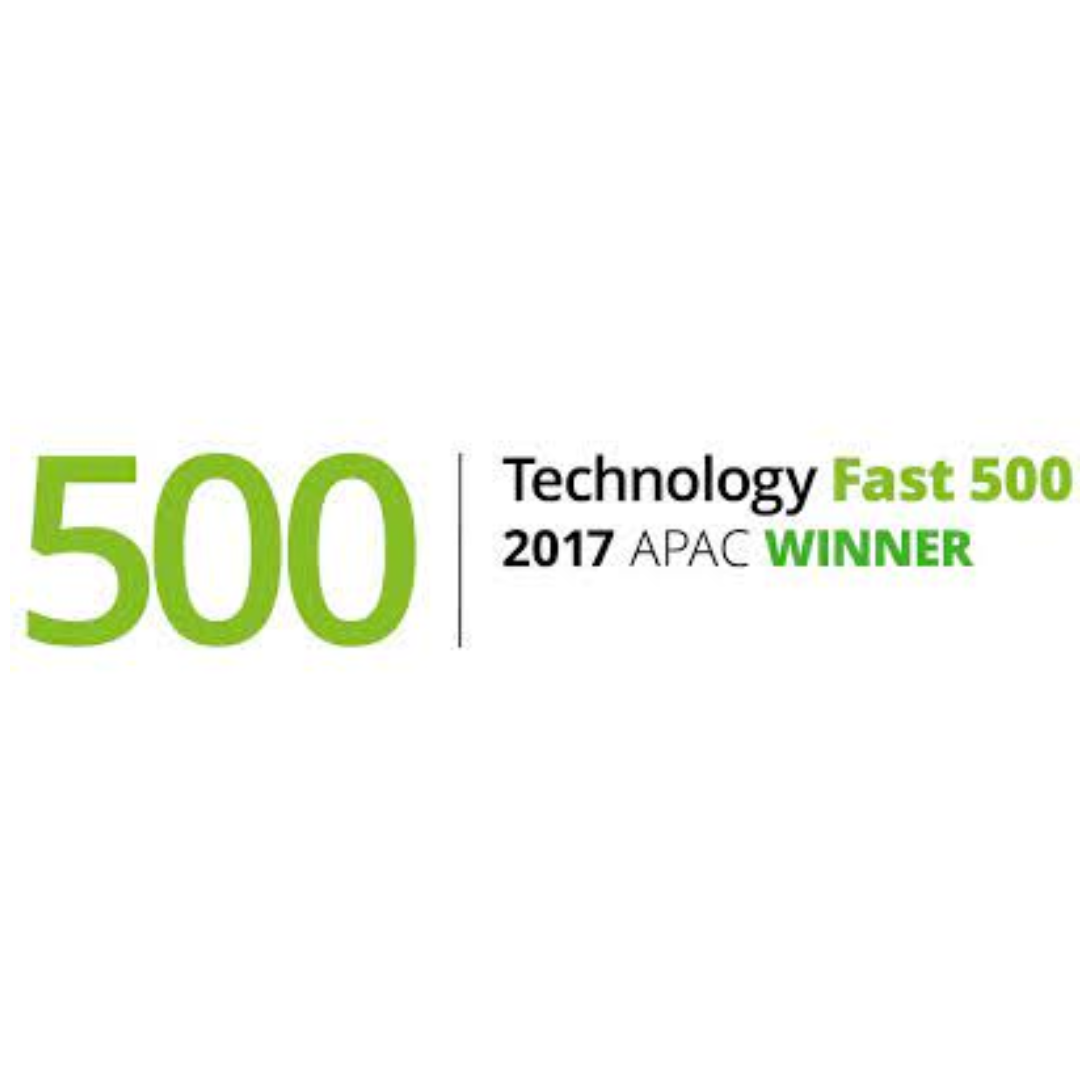
2025 WorkingMouse Pty Ltd. All Rights Reserved.